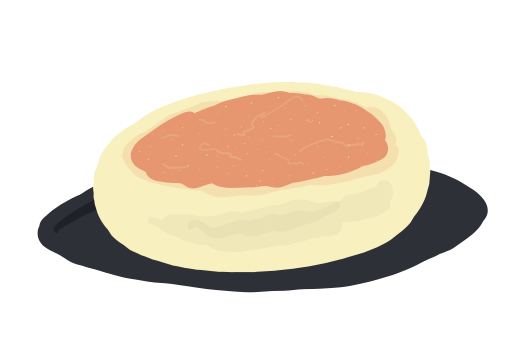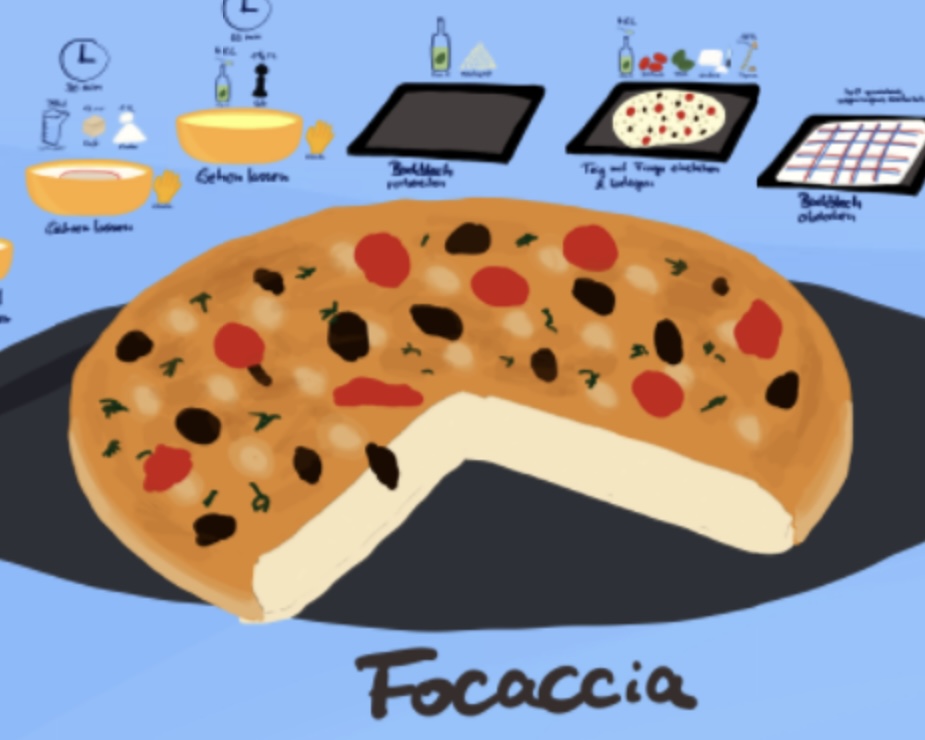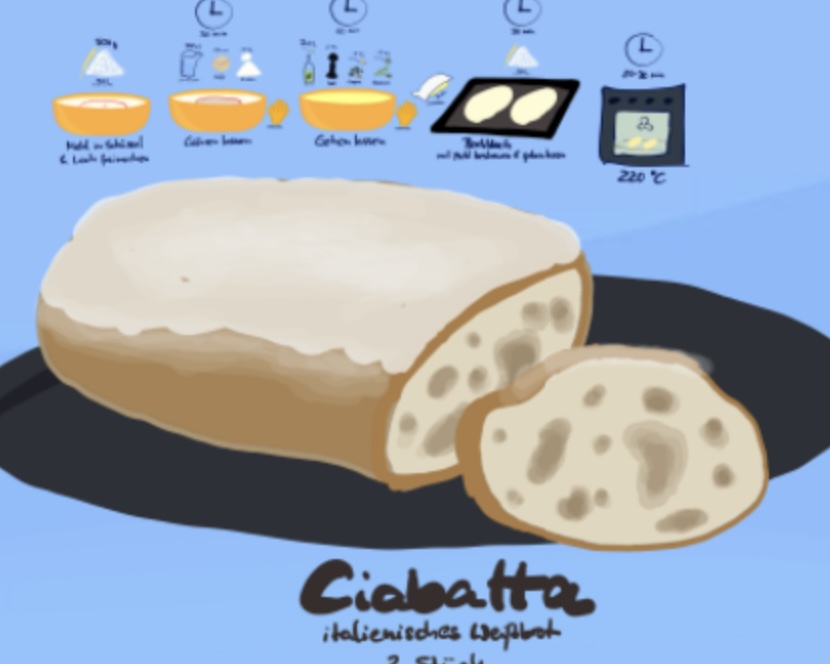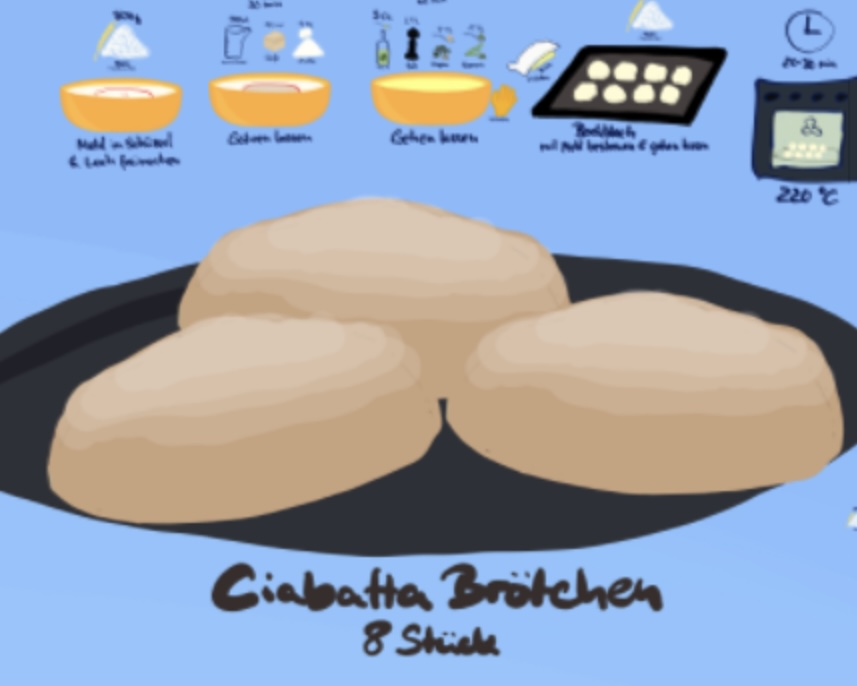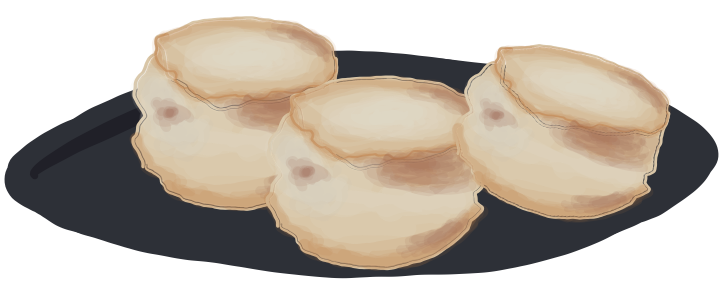Fresh Tortillas Recipe
Soft and pliable, essential for wraps, tacos, and quesadillas.Instructions: Tap the Map & Cook Along 👇
Tortillas: The Versatile Canvas of Global Cuisine
In the vibrant world of global cuisine, tortillas stand out as a culinary staple, cherished for their simplicity and versatility. These thin, flatbreads have journeyed far beyond their Mexican roots, becoming a fundamental part of many dishes around the world. Whether wrapped around succulent fillings to create tacos and burritos, or transformed into crunchy chips to accompany dips, tortillas are celebrated for their ability to pair with a myriad of ingredients. Let’s explore the delightful world of tortillas, discovering their origins, how to make them, and the endless possibilities they offer for creative cooking.
The Rich History of Tortillas
Tortillas date back to before the Spanish conquest of Mexico, originally made from native corn with a process called nixtamalization, where the corn is soaked and cooked in an alkaline solution, usually limewater, and then hulled. This method not only enhances the nutritional value of the tortillas but also gives them their characteristic flavor and texture. Today, while corn tortillas remain a staple in Mexican and Central American cuisines, flour tortillas have also gained popularity, especially in Northern Mexico and the United States, offering a softer and often larger alternative.
Crafting Your Homemade Tortillas
Making tortillas at home is surprisingly simple and rewarding. For traditional corn tortillas, you’ll need masa harina, a specially prepared cornmeal. Mix this with water (and a pinch of salt, if you like) to form a dough, then divide and press into thin rounds before cooking on a hot griddle. Flour tortillas require a basic dough of flour, water, salt, and fat (like lard or vegetable shortening) to achieve their soft, pliable texture. Rolling out the dough thinly and cooking it on a skillet produces warm, fresh tortillas ready to be filled or topped with your favorite ingredients.
The Culinary Versatility of Tortillas
The real magic of tortillas lies in their versatility. They are a blank canvas, ready to be transformed into an array of dishes:
- Tacos: Perhaps the most famous tortilla dish, tacos involve stuffing small corn or flour tortillas with an assortment of fillings from spicy meats and seafood to fresh vegetables and salsas.
- Burritos: A larger flour tortilla becomes the perfect wrap for burritos, containing rice, beans, meat, cheese, and vegetables, all neatly bundled into a portable meal.
- Quesadillas: Cheese and other fillings melt deliciously between two tortillas, pan-fried to crispy perfection.
- Enchiladas: Corn tortillas rolled around fillings and smothered in chili sauce, then baked, offer a comforting, casserole-style dish that is hard to resist.
- Chips: Cut into wedges and fried or baked, tortillas turn into crispy chips, ideal for dipping into guacamole, salsa, or other dips.
A Cultural Bridge
More than just a component of Mexican and Tex-Mex cuisines, tortillas have crossed cultural boundaries, integrating into dishes worldwide. From Spanish "tortilla" (a totally different egg-based dish whose name means "little torte/cake") to Indian wraps like kati rolls, the concept of a flatbread serving as a wrap is universal. The adaptability of tortillas makes them an international favorite, beloved for their simplicity and ability to meld with diverse culinary traditions.
Conclusion
Tortillas are more than just food; they are a cultural phenomenon that encapsulates the joy of eating simple, delicious, and unpretentious dishes. Whether you’re a novice cook or a seasoned chef, making and experimenting with tortillas offers endless culinary delights. Dive into the world of tortillas and let your creativity flourish, one round flatbread at a time, and discover why this ancient food remains a modern favorite in kitchens across the globe.
